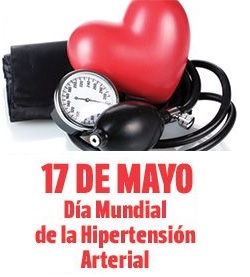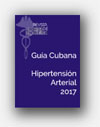Hypertension and the J-curve phenomenon: implications for tight blood pressure control
Esta sección mostrará algunos trabajos que puedan ser útiles a nuestros facultativos por su interés práctico o teórico.
Hypertension and the J-curve phenomenon: implications for tight blood pressure control
 Por: Fabio Angeli, Gianpaolo Reboldi y Paolo Verdecchia. Hypertension Research (2013) 36, 109–111.
Por: Fabio Angeli, Gianpaolo Reboldi y Paolo Verdecchia. Hypertension Research (2013) 36, 109–111.
The term J-curve is used in several fields of science to refer to a variety of J-shaped diagrams where a curve initially falls, but then rises to higher levels. In cardiovascular (CV) medicine, the J-curve phenomenon arises when a risk factor becomes inversely related to risk below a certain point, whereas the more widely accepted positive risk association exists across most of the observed risk factor distribution. In simpler terms, when elevated blood pressure (BP) is lowered, the risk of CV events decreases, but lowering BP below a critical ‘nadir’ is no longer beneficial and possibly deleterious, thus shaping a J-curve. This phenomenon was originally described for diastolic BP by Stewart in 169 well-matched hypertensive patients treated and followed for 6.25 years. [Actualizado: 26 de febrero de 2013]





![Glosario: hipertensión [Hipertensión arterial en la atención primaria de salud. 2009]](http://temas.sld.cu/hipertension/files/2016/04/Glosario-e1541006177950.jpg)



Comentarios recientes